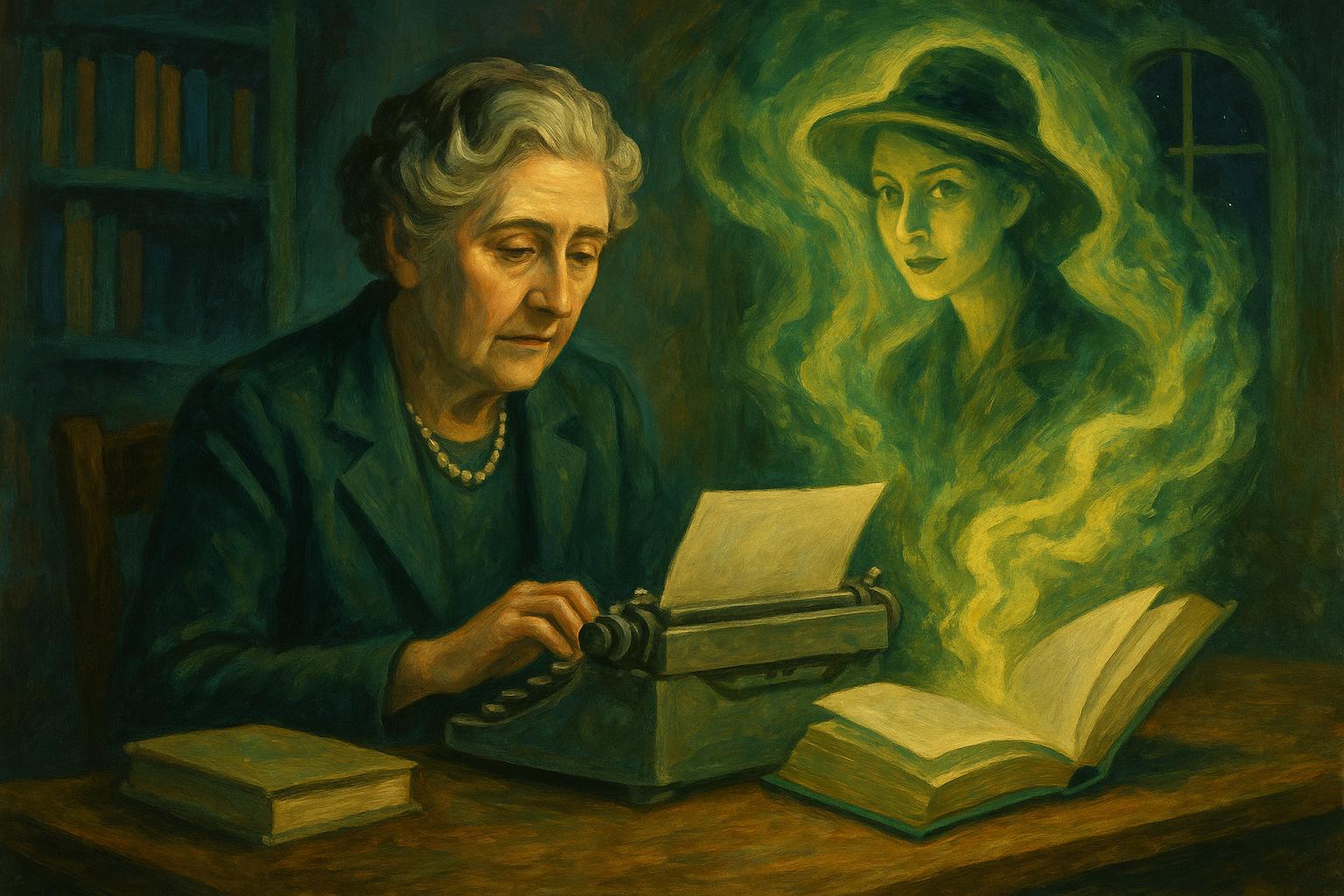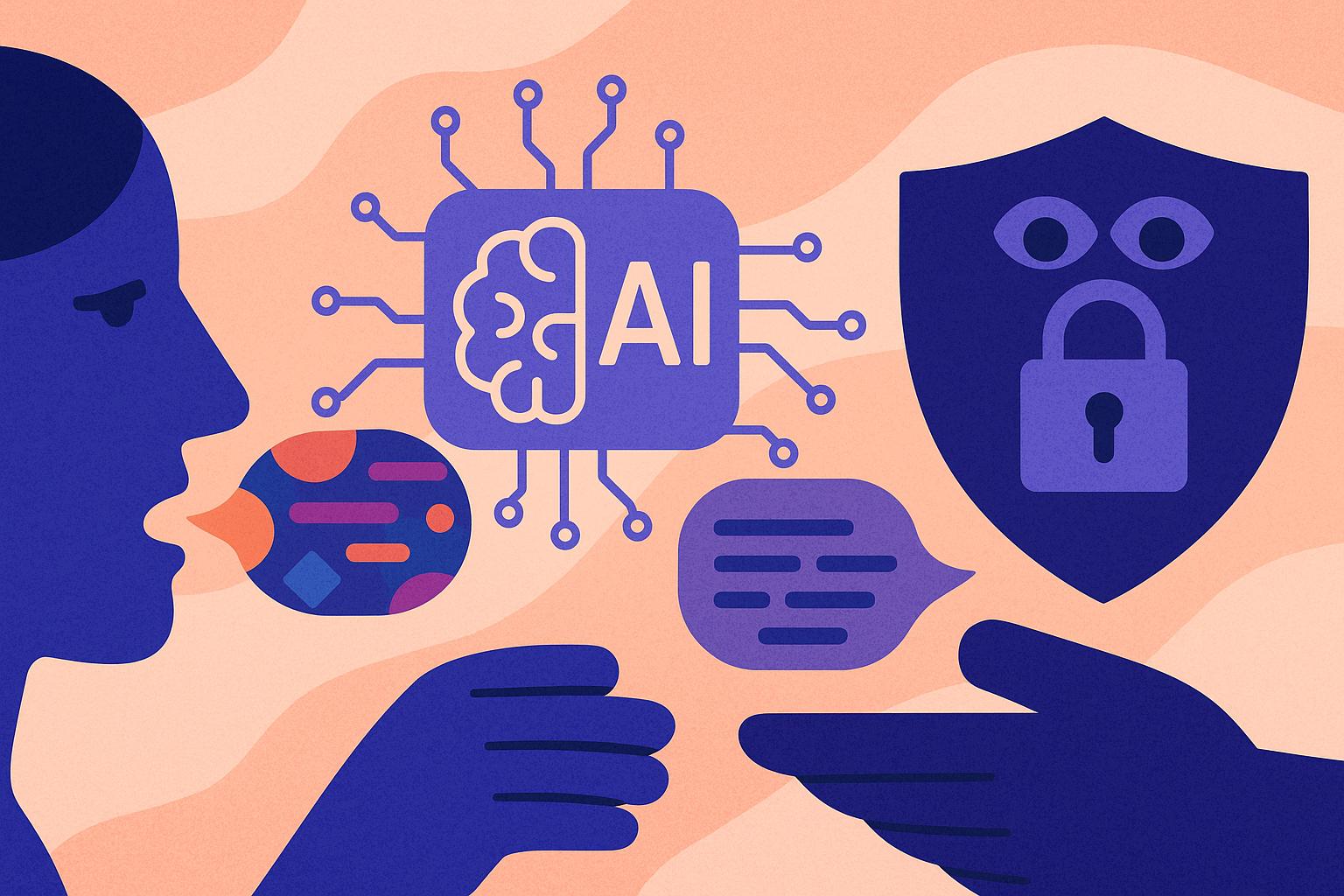Visit Our websites

AI Revives Lost Agatha Christie Tale
The BBC’s bold new project, AI Revives Lost Agatha Christie Tale, merges literary legacy with machine intelligence by completing one of the Queen of Mystery’s unfinished manuscripts using artificial intelligence. This unprecedented storytelling experiment, titled “Murder in the Glass House”, draws global attention to how generative AI reshapes the future of fiction, especially concerning creative integrity, technological capability, and ethical boundaries. As it prepares to air, the series presents a compelling case study of how AI can give new life to stories left behind by legendary authors while igniting new debates across the literary world.
Key Takeaways
- The BBC’s Murder in the Glass House is based on an unfinished Agatha Christie story completed using AI trained on her body of work.
- The project reopens conversations around authorship, style replication, and the ethical risks of AI-authored fiction.
- Experts are divided on whether AI can truly capture Christie’s distinctive literary voice.
- Historical examples and public sentiment provide context to the growing role of generative AI in entertainment and literature.
Also Read: Most Expensive Piece of AI Art
Introduction: Resurrecting a Classic Tale
The seed for Murder in the Glass House was an unfinished manuscript discovered in the Christie estate archives. Lacking crucial narrative structure and character development, it sat untouched for decades. In collaboration with artificial intelligence engineers and literary analysts, the BBC structured and completed the story using a custom-tuned language model trained exclusively on Christie’s works. The AI generated plot continuations, character dialogue, and scene transitions, guided by human editors to preserve narrative consistency and tone.
According to the production team, the goal was fidelity to Christie’s signature style, not innovation. Producers claim that at least 80 percent of the final script was generated by AI before undergoing editorial refinement. The AI interface analyzed themes, pacing, plot devices, and dialogue patterns seen in Christie’s detective fiction. This allowed the system to craft a plausible extension of the author’s narrative arc.
Also Read: 19th-Century Automatons: Love and Caution
The Role of AI in Completing the Manuscript
The AI system behind this project appears to be a heavily fine-tuned generative language model with literary-inclined algorithms. The BBC has not officially confirmed the technical specifications. Insiders report the AI was a derivative of a transformer-based model (similar to GPT-4) precisely fine-tuned on over 2 million words from Christie’s novels, short stories, and plays.
Technical Breakdown:
- Corpus: All published works by Agatha Christie, including Poirot, Marple, and standalone mysteries.
- Model: Transformer-based language model, likely an LLM (large language model) customized for narrative prediction.
- Human Editing: A team of screenwriters and literary historians vetted and refined AI output for consistency and tone accuracy.
Co-producer Eliza Morgan stated, “The AI didn’t just finish Christie’s sentences. It understood her rhythm, her twists, and even her subtleties. The machine synthesized patterns drawn from her body of work to architect something that felt genuinely Christiean.”
Ethics and Authenticity: What Defines an Author’s Voice?
The effort to complete a deceased author’s work using generative technology enters controversial territory. Critics question the legitimacy of a story completed without the author’s direct involvement. As legacy fiction enters a new stage of AI support, a central question arises. Does an author’s style belong to the public domain after death, and who controls that voice?
Expert Opinions:
- Dr. Hayley Morrison, Professor of Literary Studies at Oxford University, commented, “Agatha Christie’s voice isn’t just syntax and structure. There is thematic weight, a cultural undertone, and historical perspective she embeds in every plot. Machines today still lack full cognitive depth to replicate that.”
- Ian Greaves, a Christie historian, supports the project cautiously. “If handled respectfully, AI can act as a conservator, not a creator. The key lies in transparent editorial boundaries.”
Concerns extend into legal territory. These include copyright implications, moral rights of deceased creators, and the ethical use of posthumous intellectual property. While Christie’s estate sanctioned the project, experts urge caution in setting precedents that involve full-scale AI authorship using historical figures.
Public Reactions and Expert Opinions
Audience responses have been mixed. Early sentiment data highlights both intrigue and discomfort. A 2024 Pew Research survey showed that 54 percent of respondents believe AI-generated fiction based on deceased writers is ethically questionable. Around 31 percent expressed interest in seeing more of these works completed using AI.
Public Survey Data (Source: Pew Research, May 2024):
- 54%: “Uncomfortable with AI completing a deceased author’s work”
- 31%: “Supportive if estate endorses the project”
- 15%: “Indifferent or unsure”
Social media responses align with these findings. On Twitter/X, hashtags like #AIChristie and #MurderInTheGlassHouse have generated thousands of mentions. Many debates focus on authenticity, reader nostalgia, and questions about the reach of AI’s creative potential.
Also Read: Meta Faces Lawsuit over Alleged Piracy in AI Training
Historical Precedents in AI-Literary Collaboration
This is not the first time AI or human editors have completed a literary figure’s unfinished work. Several noteworthy cases demonstrate how technology and intellectual interpretation have long intersected with literature.
AI x Literature Milestones:
- William Shakespeare: Multiple adaptations and “new” plays created using stylometric AI tools starting in 2018.
- Frank Herbert’s Dune Series: Son Brian Herbert used AI-enhanced plotting tools to help complete the saga.
- Mary Shelley-Inspired Fiction: Several AI-generated horror anthologies have used Frankenstein motifs to simulate Gothic style and structure.
Compared to earlier methods that relied on literary scholars or family members interpreting authorial intent, AI offers a data-driven approach. Whether this is better or just more efficient is still debated.
The Future of Legacy Literature in the AI Age
The BBC’s Christie project may be the start of a broader trend in AI-supported literature. Publishers, film studios, and literary estates are exploring how generative AI might revive previously inaccessible material such as diaries, fragments, and unpublished drafts. This growing interest raises the need for clear ethical and editorial guidelines.
Literary ethicist Laura Chen from Stanford’s Center for AI & Society suggests three safeguards:
- Transparency: Readers must always know when AI has contributed to a narrative.
- Editorial Certification: Human reviewers should sign off on AI-produced content to ensure tonal fidelity and literary coherence.
- Estate Oversight: Author estates must retain full approval rights and participate in shaping the final output.
These safeguards could become the foundation for what some refer to as an “AI-authored fiction era.” The BBC’s initiative provides an early case study for how the creative community may navigate innovation and preservation together.
FAQs
- How was AI used to finish Agatha Christie’s manuscript?
A transformer-based language model, trained on Christie’s entire corpus, generated scenes and dialogue. Human editors then refined the script. - Can AI accurately replicate an author’s unique style?
Partially. AI can mimic syntax, tone, and literary devices. Experts say it still lacks deeper emotional understanding and lived context. - Is it ethical to use AI to complete an author’s unfinished work?
This remains debated. Some see it as homage to the author. Others view it as synthetic appropriation that risks misrepresenting the voice. - What AI model was used in the BBC project?
The model has not been formally disclosed. It is believed to be a customized variant of GPT-4 trained on Christie’s writings.
References
Brynjolfsson, Erik, and Andrew McAfee. The Second Machine Age: Work, Progress, and Prosperity in a Time of Brilliant Technologies. W. W. Norton & Company, 2016.
Marcus, Gary, and Ernest Davis. Rebooting AI: Building artificial intelligence We Can Trust. Vintage, 2019.
Russell, Stuart. Human Compatible: artificial intelligence and the Problem of Control. Viking, 2019.
Webb, Amy. The Big Nine: How the Tech Titans and Their Thinking Machines Could Warp Humanity. PublicAffairs, 2019.
Crevier, Daniel. AI: The Tumultuous History of the Search for artificial intelligence. Basic Books, 1993.
BONUS LINK VISIT NOW
Visit Our websites



















